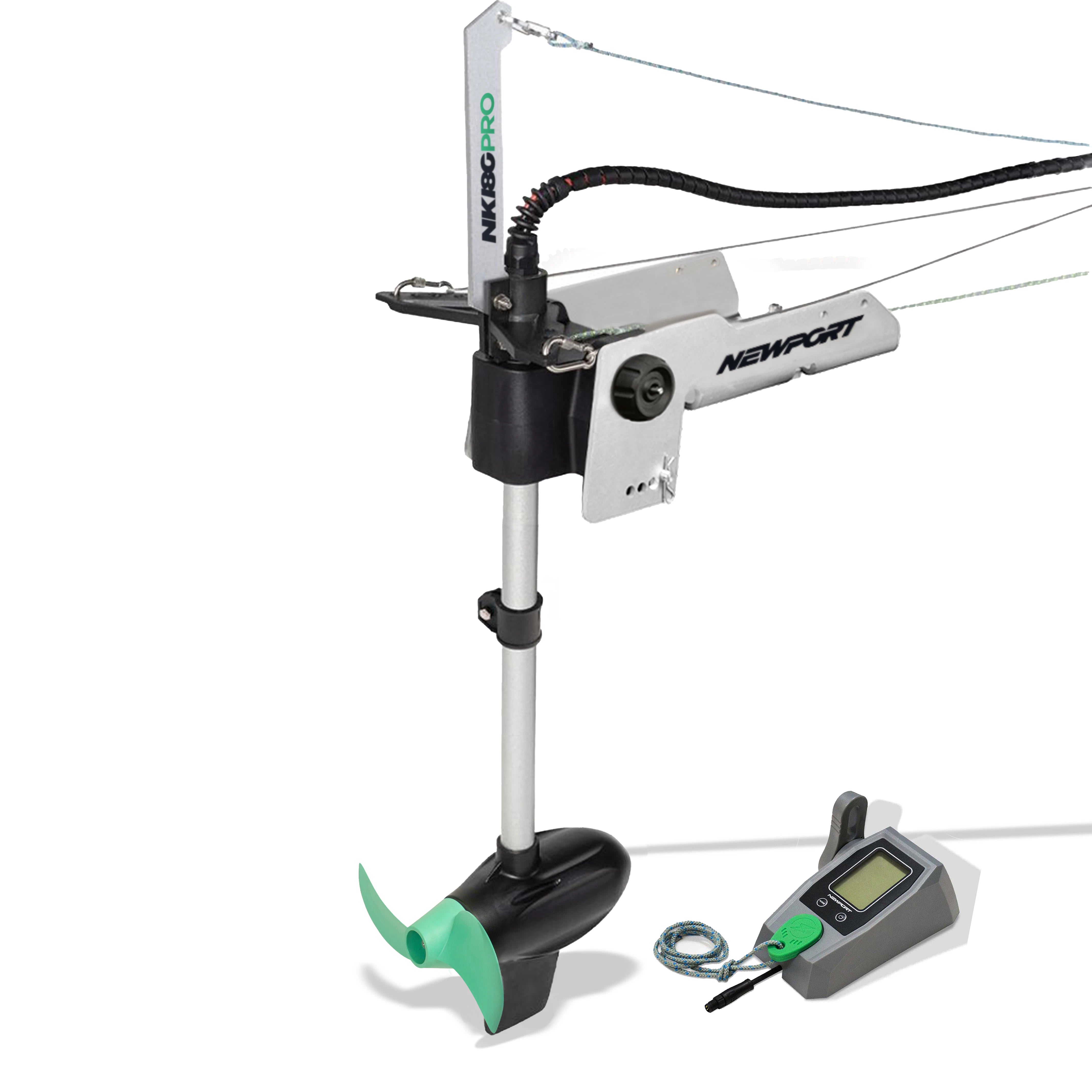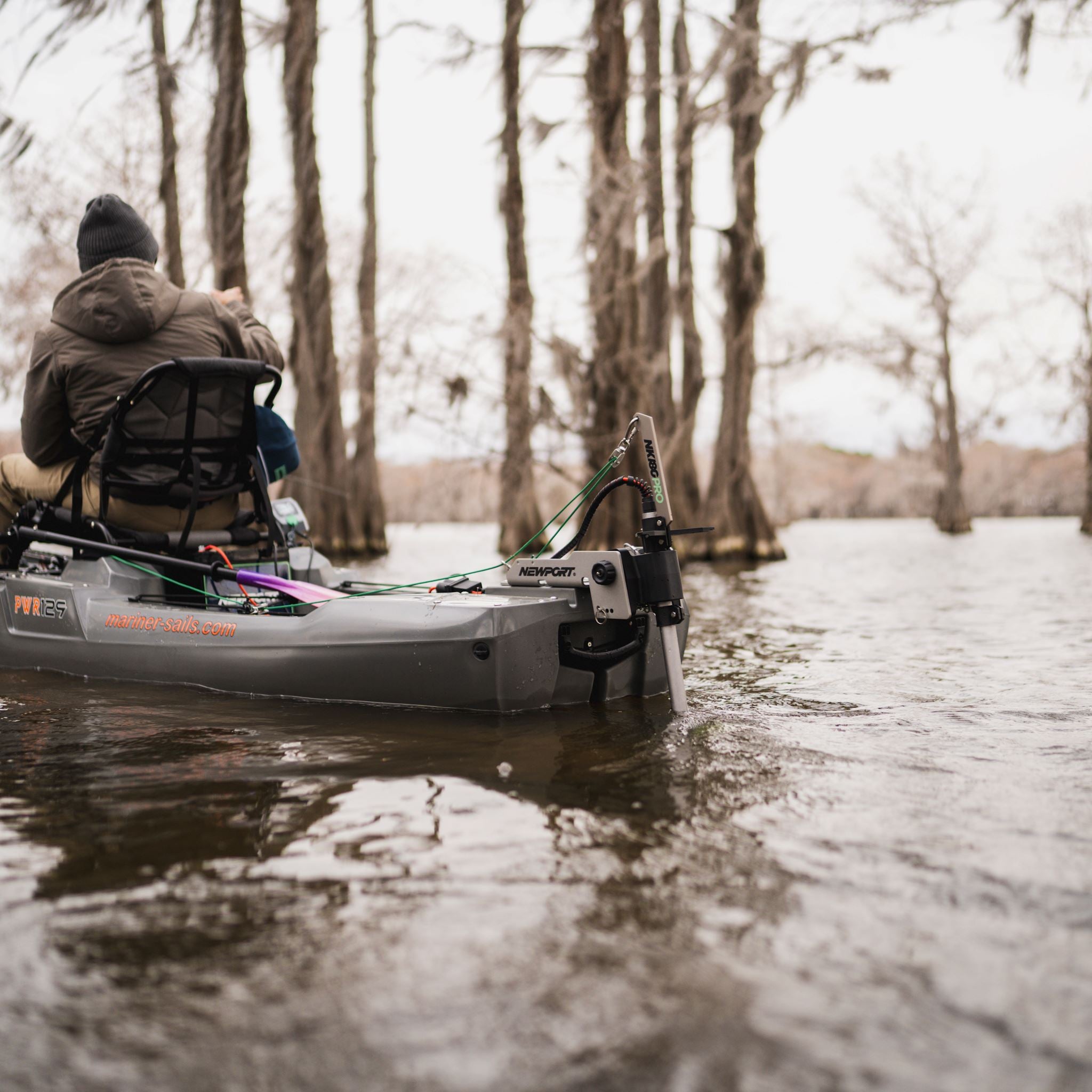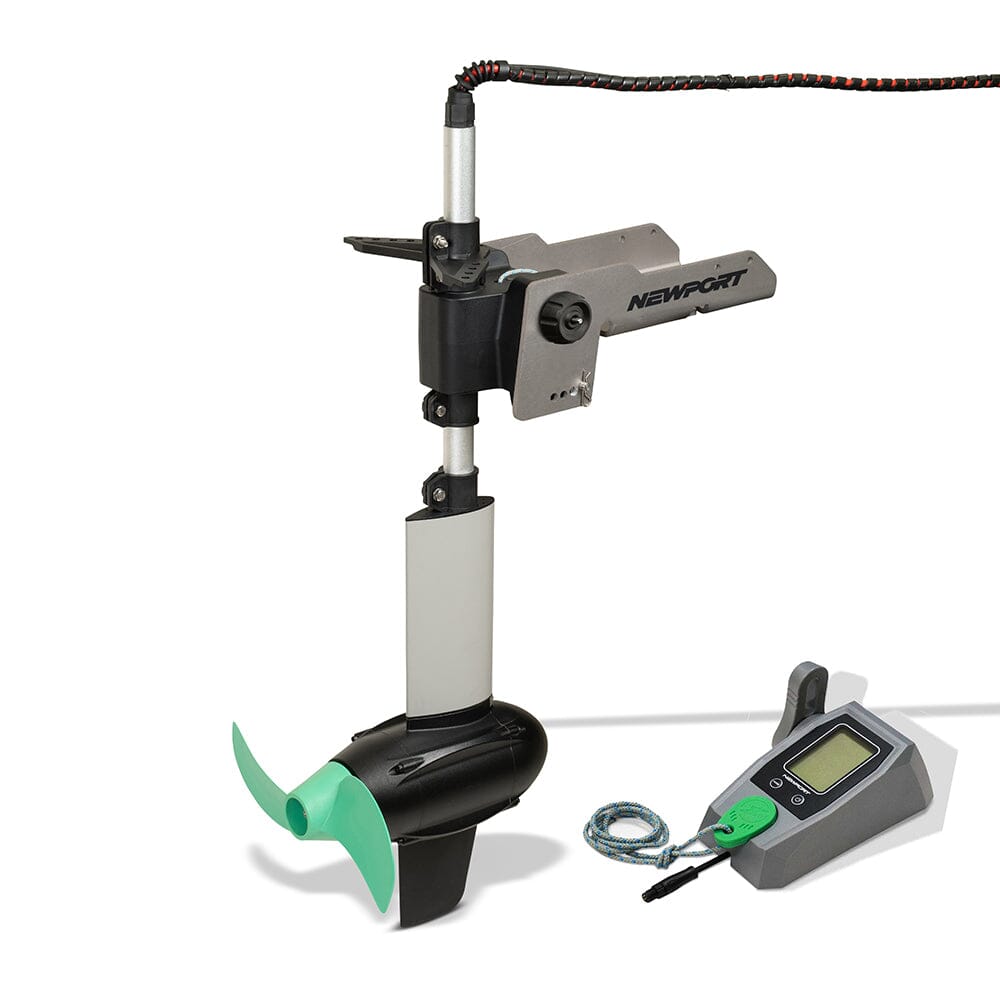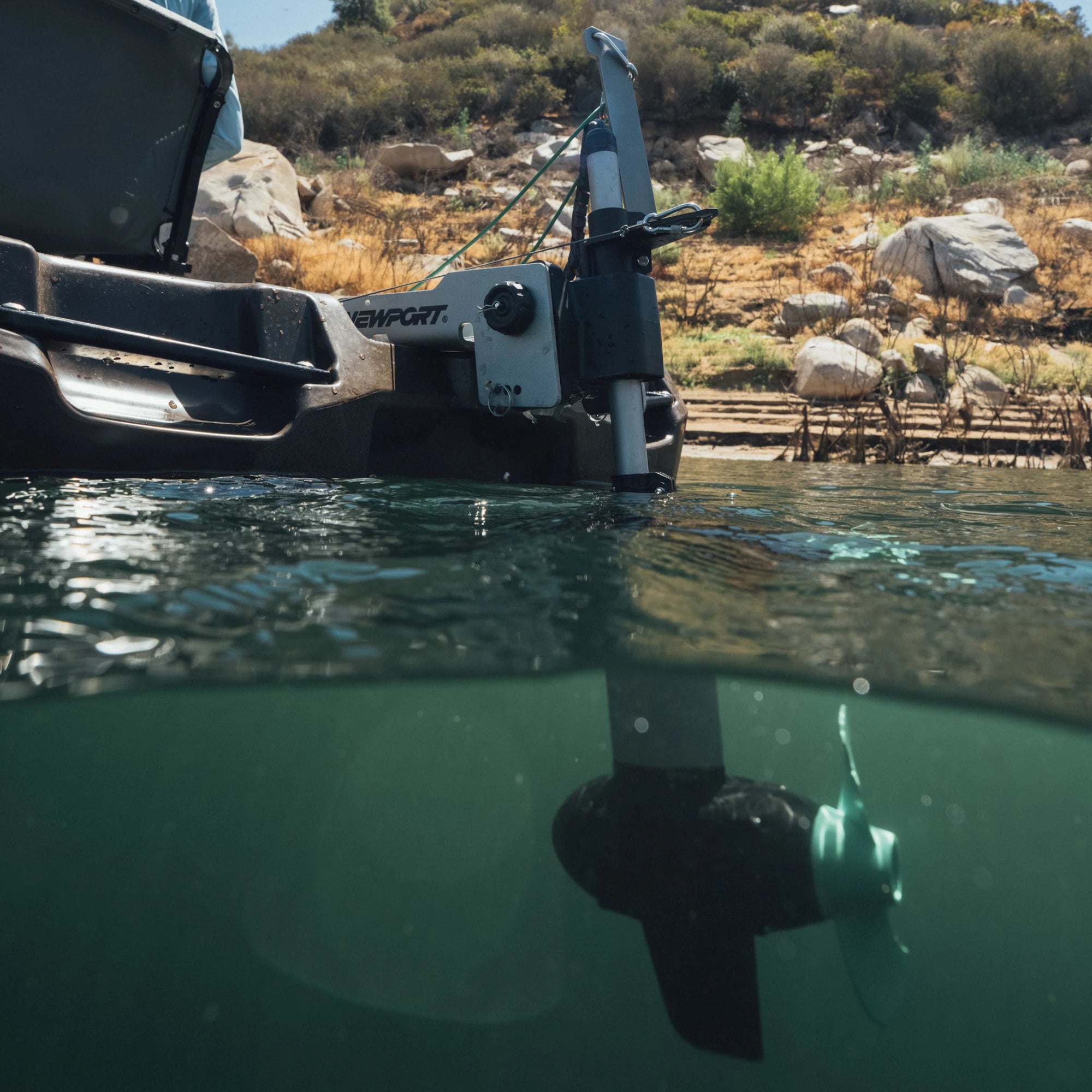HOW TO FISH IN OPEN WATER
Many people think fishing is something you do only during summer, but many people don’t realize that fishing is sometimes even better during the winter season! Read on to learn why open water winter fishing is something you should try this winter.
Fishing during spring, summer, or autumn makes it certainly easier to navigate the ice free waters. Fishing on frozen lakes, however, is a different case, and sitting in a frozen ice shack around a tiny hole drilled in the ice isn’t our definition of fun. Open water winter fishing may be colder, but there are benefits. First, you’ll likely be the only person on the water, so there’s no one fighting for the best fishing spots. Second, cold waters force fish together in warm spots, so once you find a spot, you can often fill your catch from that one spot.
So what makes the open water winter fishing experience extraordinary? Here’s why: During winter, fish usually seek warm spots in the freezing cold water, so they tend to go deeper at the bottom of the lake. They also like to be farther down the water, where they group in deeper holes. Winter is an excellent time for fishing because it is the time when the food is scarce and the fish are hungry! This makes winters a good time to take advantage of what open water is left in your area, including the smallmouth bass, walleye, Northern Pike, and Lake Trout. Walleye have to eat everyday to maintain their body weight, which means that they must remain relatively close to the shoreline, making them easier to catch. This is why cold water walleye fishing is so popular in the Northern United States and Southern Canada. So, as we are nearing the winter season, try something different this year and start planning your next fishing trip - it is time you try the open water winter fishing!
It is important to note, however, that fishing during winter is not as simple as in summer - as might be expected, you need a boat and gear that are suitable for extreme cold and potentially icy conditions. While many anglers choose to bring their bass boats or fishing skiffs out in the winter, this is not always advised. Inflatable boats are ideal for rivers and partially frozen large lakes, where you can easily navigate ice flows without risking damage to your boat.

Fiberglass boats are more prone to damage when used in waters with floating ice. These ice flows are heavy and solid, they can easily do the same damage to your hull as hitting a rock. In some waters, they can become waterlogged and float a few inches below the surface, making them difficult to see. When fishing rivers, ice flows can move quickly, and often surprise anglers when the hear a large thud or scraping sound on their hull. On the other hand, in an inflatable boat you can brave any weather or water conditions. One best inflatable boats for cold water use is Newport Vessels, which features oversized 18” tubes, and a full splash guard to keep you warm and dry in cold water conditions. Newport Vessels use the highest quality PVC materials to guarantee durability, and safety for users. Our boats are extremely durable with double tear drop rub strakes and double thickness wear patches to avoid punctures while fishing near ice. Newport Vessels inflatable boats are uniquely designed to withstand scraping, and bumping into big chunks of ice floating on the water.
Another reason to consider an inflatable boat for your winter fishing expeditions is cost. While fiberglass boats are expensive, often costing in the range of $20,000-$50,000, inflatable boats can offer comfort, convenience and performance for only $800 to $1,500!

Inflatable boats like the Newport Vessels Dana are perfect if you’re seeking for a safer winter fishing trip! Zodiac style inflatable boats are built to conquer even the frozen waters of Arctic because of their extreme durability and stable ride platform. Unlike fiberglass boats, inflatable boats are easier to control and navigate even in extreme water conditions because aside from being lightweight, they are exceptionally sturdy. If it makes contact with an ice flow, it simply bounces off.
Anytime you are using an inflatable boat, it is important to remember the basics of how these boats function. The air inside the boat can expand and contract as temperatures change, this change can be especially pronounced if the water is colder than the air. Therefore, always remember to bring a hand or foot pump with you when using an inflatable boat, this allows you to easily top off any chambers that become soft during use.
As any northerner knows, even if the water is open, there is likely ice around the edges of any lake or river. This often leaves the pavement of boating ramps covered with slick ice during most of the winter. While this ice makes a great sledding hill for kids, it can be very tricky when launching boats. We have all seen the memes and pictures of brand new F-150s and 2500s half submerged at the bottom of a boat ramp, and have sworn we’d never be that unfortunate guy. However, icy boat ramps are another obstacle brave winter anglers must face. The hassle of launching a heavy fiberglass boat from an icy ramp is enough to scare off event the most serious fisherman. In contrast, inflatable boats are lightweight, making the launch process quick and easy with a set of transom mounted launch wheels. You can even retrieve the boat in icy conditions with a winch and cable, without putting your truck and trailer at risk.
So instead of sitting at your computer all winter, posting memes about how much you miss fishing, show us how dedicated you are to the angler life with some open water winter fishing!













3 comments
Холоп-2
Мальчик и птица
21
Leave a comment